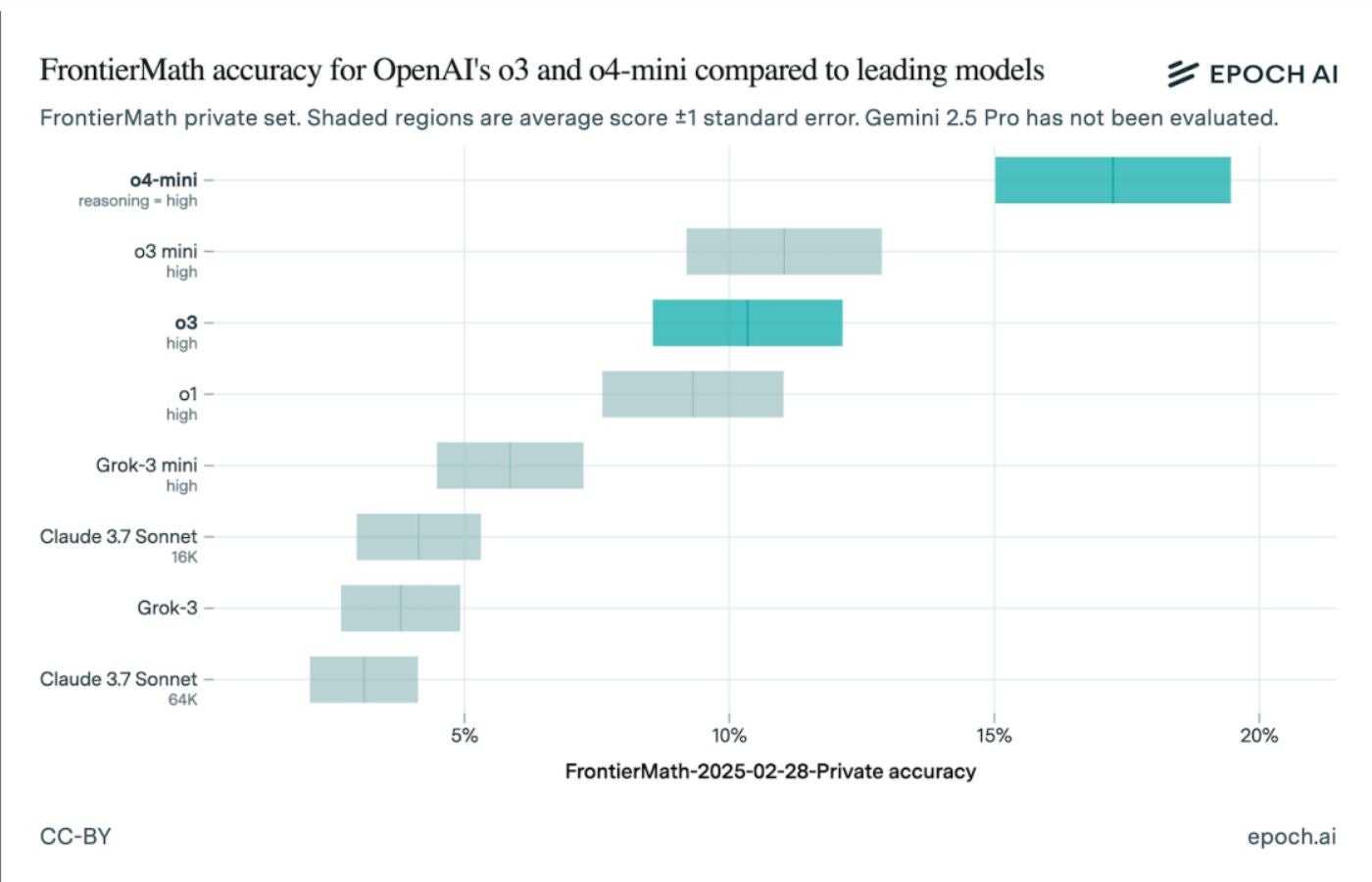In recent weeks, the Australian Government has announced several goals and initiatives that aim to lead towards a single outcome: a much stronger local manufacturing industry. For Australia to achieve this, it will need a highly capable and equally resourced IT sector working in the manufacturing sector.
The Australian government allocates investment levels for national construction
The Future Made in Australia Act has not yet been fully detailed, but as Prime Minister Anthony Albanese announced via broadcast, when it is introduced in the coming months, it will be “legislation that combines a package of new and existing initiatives to boost investment”. , create jobs and take advantage of opportunities.”
We have an idea of what it might entail, as the government has already announced a $1 billion investment to develop the domestic solar panel manufacturing industry.
The Future Made in Australia Act is intended to develop Australian manufacturing capabilities across all sectors, so it is highly likely that announcements in the solar panel industry are just the tip of the iceberg.
What are the Australian Government's goals for advanced manufacturing?
Broadly speaking, there are five key objectives behind the government's planned legislation across the manufacturing sector. As Australian Government Treasurer Jim Chalmers noted in The Australian: “Our work will be responsible and methodical and guided by where we can be most competitive, where it contributes to an orderly path to net zero, where it develops the capabilities of our people. and regions, where it makes us safer and where it boosts the private sector and offers good value for money.”
What this translates to is:
- Revitalize manufacturing: The law aims to boost clean manufacturing, industry and energy sectors, such as solar and wind.
- Boost investment: It includes government support for specific local industries to boost investment and create jobs.
- Align national and economic security: The Act will establish strong policy frameworks and institutional arrangements to ensure Australia's economic advantages and national security imperatives are prioritised.
- Encourage private sector participation: While the government will make significant public investments, the goal is to incentivize the private sector to contribute the majority of the investment needed for this initiative.
- Sovereignty: The Australian government and public are increasingly concerned that the global socio-economic climate means self-sufficiency is critical, so Australia needs to boost manufacturing to cover areas where the country currently has low or no domestic capabilities.
To achieve all these goals, the manufacturing industry will need to transform and modernize rapidly, and this is where IT comes into play.
IT as an enabler of the future Made in Australia
What happened to Australia's solar industry in the early days is a good example of why IT needs to be involved in the Future Made in Australia approach. Back then, when the solar industry was nascent globally, Australia was a leader. Then, as noted in an ABC report:
“Twenty-three years ago, a Chinese-Australian solar scientist moved from Sydney to Wuxi to build China's solar panel manufacturing industry from scratch, using technology developed at Australian universities.
“Australian science graduates held top technology positions at the largest Chinese solar companies. And a solar cell design developed in Australia became the global standard. Meanwhile, Australia has virtually stopped building its own solar panels.”
Essentially, Australia lost ground in the emerging sector because it failed to back up manufacturing capabilities with technical support, pushing technicians to overseas markets.
Australia struggles with low-value manufacturing due to high wages and the cost of doing business; However, to develop the type of advanced manufacturing capabilities Australia needs, there also needs to be ways to maintain technical capabilities in-country.
For IT professionals, this will likely mean that as investment in manufacturing increases, there will also be hot demand for their services and skills. This will translate into better earnings from manufacturing jobs and the ability to drive greater thought leadership in your work.
The new IT priorities in manufacturing
Australia needs to rapidly scale up its Industry 4.0 capabilities to create the kind of environment that supports the manufacturing investment ahead. Below are some ways manufacturers will turn to IT professionals to help them address these next-generation opportunities.
- Advanced automation: IT facilitates the use of robotics and automation technologies that increase productivity and precision while reducing the need for human labor in factories.
- Improved communication: IT improves communication within the manufacturing process, allowing for better coordination and data exchange between different parts of the production line.
- Improved design capabilities: TI supports advanced design tools such as CAD and CAM, allowing manufacturers to create detailed and accurate product designs.
- Greater customization: IT enables greater customization of products by allowing manufacturers to quickly adjust production processes to meet specific customer requirements.
- Greater sustainability: IT helps manufacturers optimize their processes to be more energy efficient and reduce waste, contributing to more sustainable manufacturing practices.
- Lower costs: Fundamentally, through process automation and improving efficiency, IT can help reduce operating costs in manufacturing and help Australian manufacturing become globally competitive.
A good example of how these things can come together is digital twinning. Digital twins allow manufacturers to create virtual replicas of products or systems, allowing them to test and optimize designs before physical production. Additionally, by reflecting the real-time status of physical assets, digital twins can predict when maintenance is required, reducing downtime and maintenance costs.
However, Australia has been slow to build capabilities around digital twins, so there is a looming skills shortage in another area of IT, on top of existing challenges in data analytics and visualization, artificial intelligence and application development. Digital twins involve the application and understanding of all of these areas, and in many ways, when looking for resources for digital twins, manufacturers will look for the proverbial “full package.”
Speaking of skills shortages, there are also ongoing concerns with cybersecurity. For manufacturing, cybersecurity is critical to protecting intellectual property, especially when it comes to advanced manufacturing and ensuring operational continuity.
Furthermore, the Australian Government's interest in manufacturing as a matter of sovereign self-sufficiency means that many examples of manufacturing will be treated with the same concern as critical infrastructure. Manufacturers will therefore look to IT to support them to enable them to adopt innovation without adding risk to their business processes.
What IT professionals should do
Understanding the business objectives in manufacturing, as well as the unique relationship the sector has with technology, will be key for IT professionals who want to take advantage of the historic investment that will flow into manufacturing and create jobs and opportunities for IT professionals. These professionals will also need to understand the relationship between IT and operational technology, as well as how to apply digital twins, develop AI for manufacturing applications, and more.












